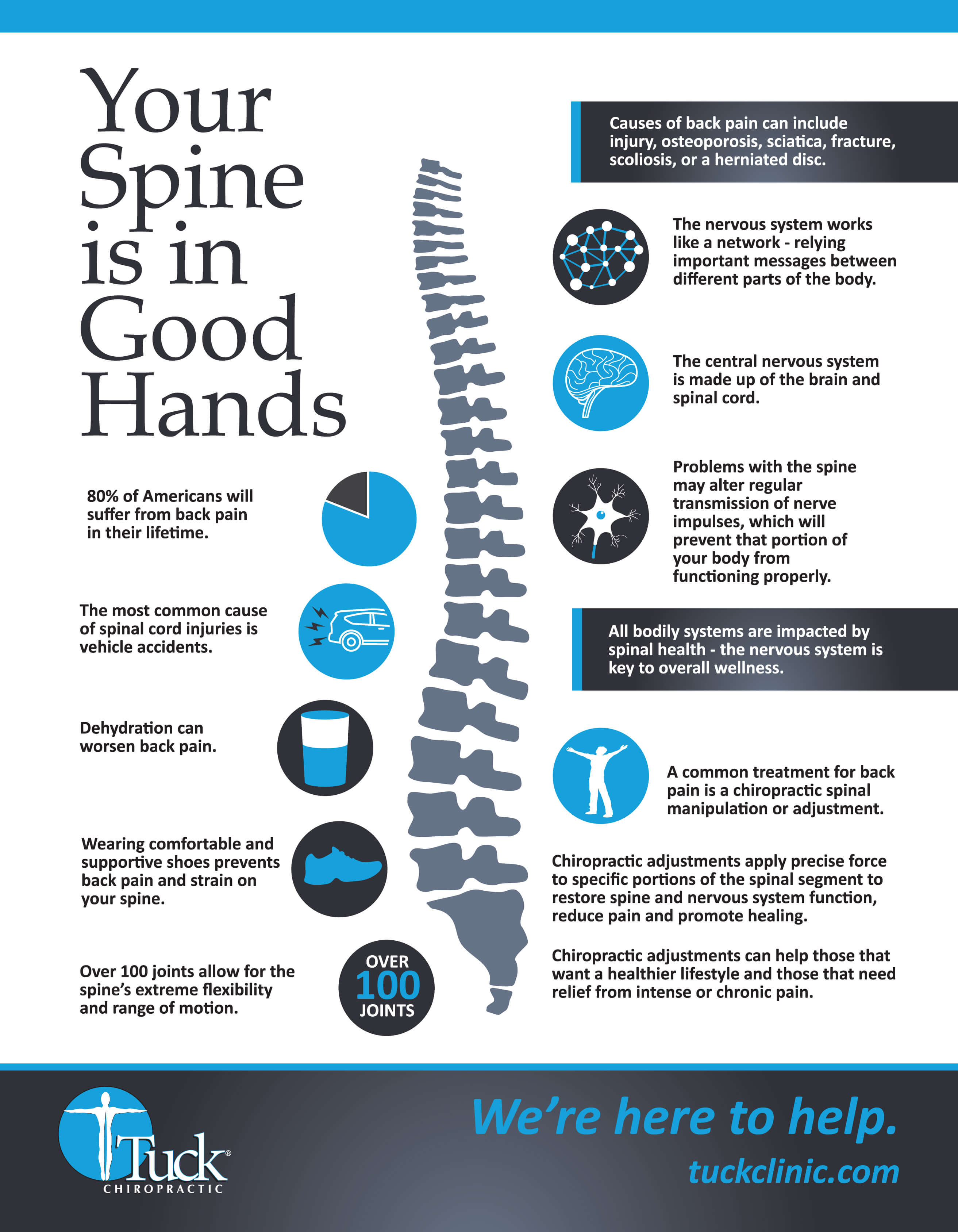Why Does Soft Tissue Treatment Pain? Comprehending The Refine
Why Does Soft Tissue Treatment Pain? Comprehending The Refine
Blog Article
Staff Writer-May Feddersen
When you undertake soft Tissue therapy, you might find it remarkably awkward. This discomfort develops as stress is related to stressful muscle mass and damaged cells, activating your discomfort receptors. While it can really feel traumatic in the moment, there's a reason behind this feeling. Recognizing what occurs in your body throughout these therapies can help you appreciate the procedure. So, just what is taking place below the surface area?
The Physiology of Discomfort Throughout Soft Tissue Therapy
When you go through soft Tissue therapy, your body's reaction to discomfort is a complicated interaction of physiological procedures. As the specialist applies pressure, your body triggers pain receptors, sending signals to your brain. This causes the release of neurotransmitters, such as compound P and glutamate, which amplify the sensation of discomfort.
Your muscles might likewise tense up in reaction, further making complex the experience. On top of that, your body might launch endorphins, all-natural painkillers that can assist relieve some pain.
The interaction between these procedures can develop a special experience for each person. Comprehending this physical feedback assists you navigate the sensations throughout therapy, allowing you to value the equilibrium in between discomfort and the potential for healing benefits.
The Function of Discomfort in the Recovery Refine
Although discomfort during soft Tissue treatment can feel frustrating, it plays an important duty in the recovery procedure. When you experience pain, your body is indicating that it's functioning to fix broken cells. This response assists boost blood circulation to the damaged location, supplying necessary nutrients and oxygen required for recovery.
Additionally, discomfort can promote the release of endorphins, your body's natural painkillers, developing a sense of relief post-treatment. Accepting this discomfort can aid you understand your body's limitations and motivate you to attend to underlying concerns.
While it's uncomfortable now, this process is important for long-lasting recuperation and enhanced feature. Acknowledging discomfort as an essential part of recovery can encourage you to stay devoted to your therapy.
Tips for Managing Discomfort Throughout and After Treatment
Handling discomfort throughout and after soft Tissue therapy can substantially boost your general experience and healing.
To start, connect openly with your therapist about your discomfort degrees; they can readjust strategies accordingly. Utilizing https://body-adjustments07284.blogsidea.com/39439209/prepare-efficiently-for-your-sports-massage-and-discover-exactly-how-communication-can-open-a-deeper-degree-of-recovery-and-relaxation-what-various-other-tricks-wait-for can also help you kick back and reduce pain.
Consider using ice to the cured location post-session to reduce inflammation and numb discomfort. Remaining moisturized help in the recovery process, so consume alcohol a lot of water.
Gentle extending and light activity after therapy can promote blood flow and ease stiffness. Finally, ensure coq10 supplement ingredients get adequate remainder to permit your body to heal.
Applying these pointers can make your soft Tissue treatment extra workable and satisfying.
Verdict
To conclude, while soft Tissue treatment can be uneasy, it's essential to recognize that this pain plays a crucial role in your recovery journey. By comprehending the physiological feedbacks at play, you can approach the treatment with a more positive way of thinking. Bear in mind, the first discomfort frequently paves the way to alleviation as your body launches endorphins. Embrace please click the next webpage , and do not hesitate to utilize the tips for taking care of discomfort to improve your experience and healing.
